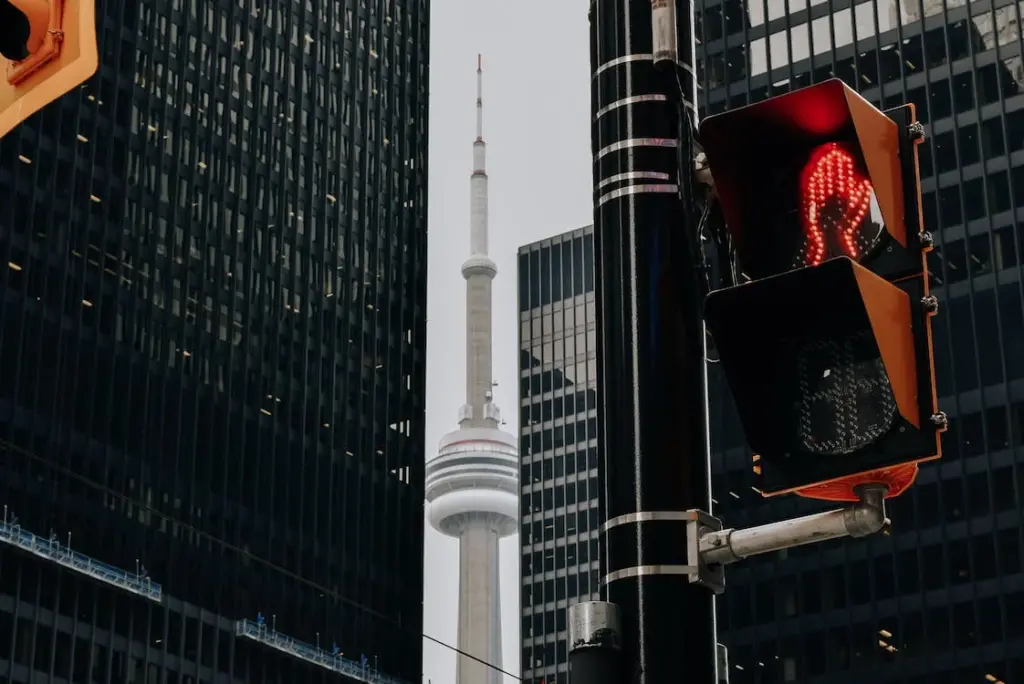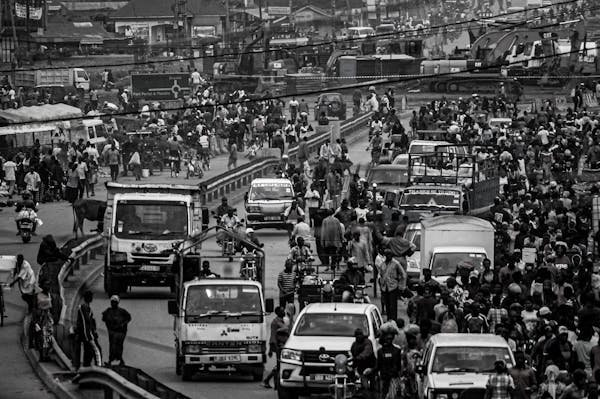The greatest enemy of every driver is traffic fines. Even though their purpose is to enforce road safety and discipline, they frequently cause confusion and frustration to drivers everywhere. There are several difficulties in the world of traffic fines, ranging from severe penalties to intricate laws. In this article, we examine the issues surrounding traffic penalties and consider possible fixes to make the system more equitable and seamless for everyone.
Table of Contents
The Heavy Burden of Fines:
The most unsurprising problem with traffic fines is that they are frequently highly costly. These fines can be extremely costly for many people, particularly those from low-income families, and may even cause insolvency or increased debt. Also, this issue is made worse by regional variations in fine levels, which lead to differences in penalty depending more on location than the seriousness of the offense
Concealed Laws and Enforcement in traffic fines:
Navigating around the complex web of traffic laws can be like trying to understand hieroglyphics. Many drivers are confused and ignorant of their rights and obligations due to the sheer amount of rules and their frequently complicated language. The issue is further exacerbated by uneven enforcement tactics, which punish certain violations severely while leniently treating others. This lack of openness damages the effectiveness of traffic rules and erodes public confidence in the judicial system.

Unexpected repercussions:
Although encouraging safety and discouraging irresponsible behavior is the main objective of traffic fines, there are occasionally unforeseen repercussions. For instance, underprivileged populations may be disproportionately impacted by severe fines if underlying problems like poor infrastructure or a lack of public transportation options are not addressed. Additionally, because penalties are punitive, law enforcement organizations might be more inclined to focus on making money than on actual road safety programs, which could result in a culture of excessive police presence and targeting vulnerable communities.
Automation and Technology:
The arrival of technology has transformed a number of facets of our life, including traffic enforcement. Speed cameras and red-light cameras are examples of automated technologies that have simplified the fine-issuing process but have also given rise to privacy and accuracy concerns. Erroneous fines resulting from malfunctioning equipment or incorrect data interpretation are examples of how strong control and accountability systems are necessary to prevent misuse.

Standardization of fines:
Implementing consistent fine structures across regions can mitigate disparities and ensure fairness in punishment.
Moving Towards an Equitable Framework:
Prioritizing fairness, transparency, and equity in a multidimensional strategy is necessary to address the numerous issues related to traffic penalties. Here are a few possible remedies to think about:
Education and awareness campaigns:
Giving drivers easy access to information about their rights and traffic laws can help them make more informed decisions and lower the number of inadvertent infractions.

Community-based initiatives:
You can stop traffic violations before they happen by working with your local community to identify and address the underlying issues that lead to them, such as inadequate infrastructure or a lack of access to other forms of transportation.
Measures of accountability:
Retaining public confidence in the system requires the establishment of oversight measures to keep an eye on the application of fines and stop law enforcement agencies from abusing their enforcement authority.
Technological innovation:
Using technology to protect drivers’ rights to privacy and due process while enhancing the precision and effectiveness of traffic enforcement.
Conclusion:
traffic fines have the intention of increasing road safety, yet they frequently fail to do so because of a variety of issues, from onerous fines to ambiguous legislation. Prioritizing justice, openness, and equity in traffic enforcement is necessary to address these problems. Standardized fines, community-based and education investments, and responsible use of technology can all work together to build a system that promotes safer roads while upholding the rights and dignity of all drivers.

